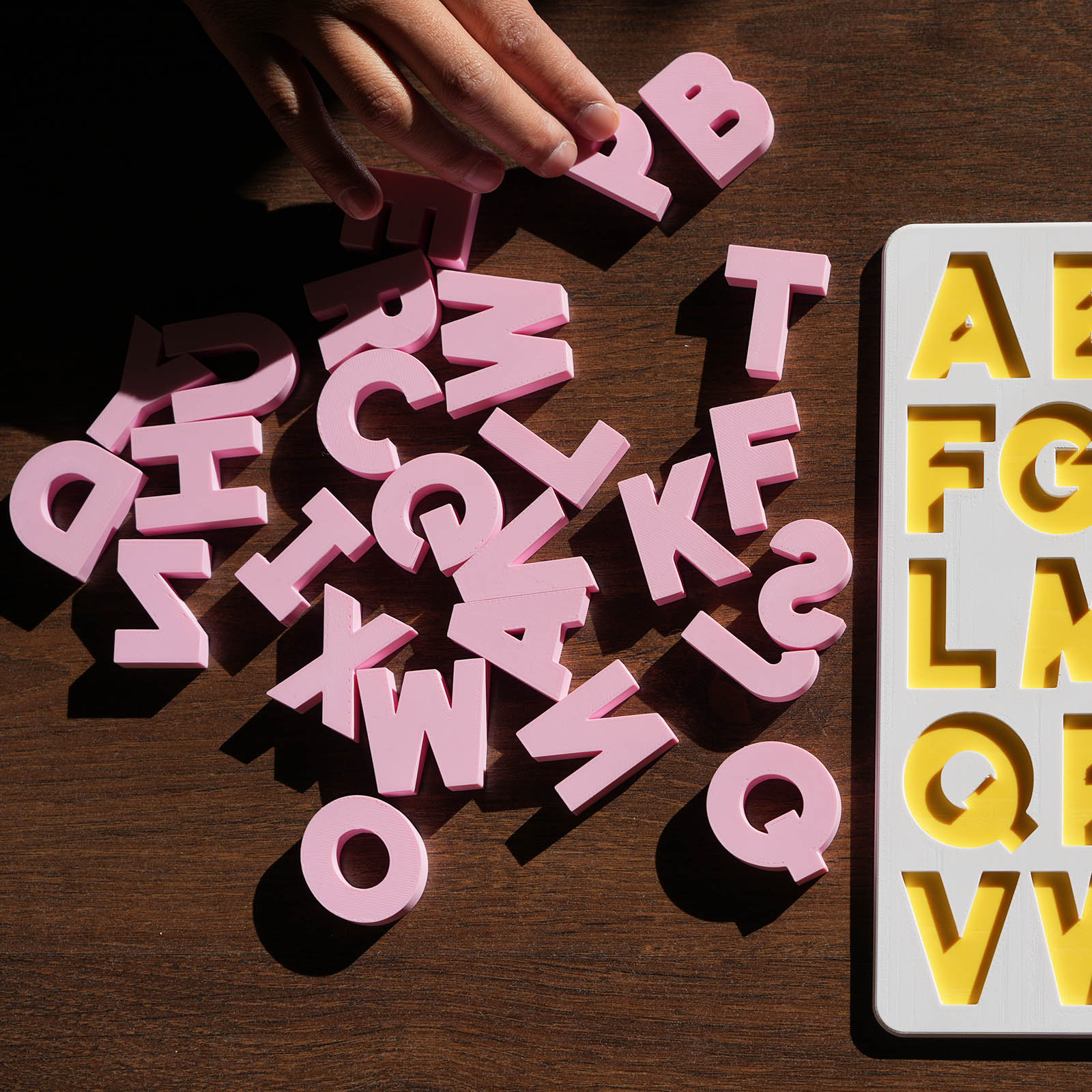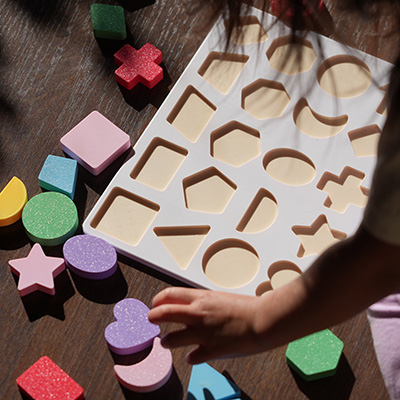🧠 What Is Spatial Reasoning?
Spatial reasoning refers to the ability to understand and mentally manipulate shapes, spaces, and the relationships between objects. For toddlers, this includes skills like:
- Rotating a puzzle piece to make it fit
- Figuring out which shape goes in which hole
- Recognising patterns in how things are arranged
- Stacking, balancing, or building objects with intention
It’s not just a motor skill — it’s a way of processing the physical world, and it plays a big role in early problem-solving.
Investing in spatial reasoning early on builds a fantastic foundation for early childhood education.
📚 Why It’s So Important in Early Childhood
Research shows that strong spatial reasoning in early childhood is closely linked to:
- Math achievement (Verdine et al., 2014)
- STEM readiness later in school
- Problem-solving and logic development
- Understanding written language, especially when learning to read maps, graphs, or equations
The toddler years (ages 1–3) are a critical period for this development because your child’s brain is wiring itself through movement and interaction.
🧩 How Toys Can Help Develop Spatial Reasoning
You don’t need flashcards or worksheets to support spatial reasoning — the best learning happens through play.
Here’s how different types of toys encourage spatial development:
✅ Geometric Puzzles
By placing pieces in a board, toddlers learn:
- Shape orientation (e.g., rotating a triangle)
- Positioning (e.g., left vs right, top vs bottom)
- Matching visual patterns
Frankie & Leo’s geometric puzzle, for example, offers a calm, tactile way to develop spatial skills without overstimulation.
✅ Stacking and Nesting Toys
Building vertically or fitting objects inside one another teaches concepts of:
- Balance
- Size comparison
- Cause and effect
These toys also refine hand–eye coordination — essential for later spatial mastery.
✅ Shape Sorters and Matching Games
Matching toys help toddlers visually scan and categorise — both key components of spatial reasoning.
🗣️ Boost Spatial Skills Through Language, Too
Narrating your toddler’s play is just as important as the toy itself.
Use spatial language while they explore:
- “You turned it around!”
- “That one goes under the circle.”
- “Let’s try the square next to the triangle.”
According to the American Academy of Pediatrics (2018), using spatial words helps children internalise visual-spatial concepts more effectively, especially when paired with hands-on experiences.
You can read more about how to foster quality playtime with your toddlers on our blog.
🧠 Signs Your Toddler Is Developing Spatial Awareness
Not sure if it’s “clicking” yet? Look for these milestones:
- Attempts to fit objects into specific spaces
- Turns puzzle pieces without prompting
- Arranges toys in lines or patterns
- Experiments with stacking or nesting
- Begins to use spatial words like “in” or “on”
If your child is doing these things — even imperfectly — they’re building spatial reasoning in a natural, joyful way.
🏠 How to Support Spatial Reasoning at Home
You don’t need to overhaul your playroom. Try these small but meaningful actions:
- Limit toy clutter — fewer, focused toys encourage deeper engagement
- Offer repetition — keep puzzles and stackers accessible
- Play side-by-side — model movement, don’t correct
- Praise effort, not speed — “You kept trying until it fit!”
- Rotate in geometric and spatial toys — use shapes and forms over screens or character-based toys
💡 Final Thought
Spatial reasoning might sound like an academic concept, but for toddlers, it begins right on the floor — with a puzzle, a basket of shapes, and a parent who lets them figure it out.
By offering toys that invite spatial exploration, you’re doing more than entertaining — you’re building a brain ready for reasoning, problem-solving, and future learning.
👉 Explore Spatial Play Tools at Frankie & Leo
📚 Reference:
Verdine, B. N., et al. (2014). Links Between Spatial and Mathematical Skills Across the Preschool Years. Developmental Psychology, 50(4), 1211–1217.

